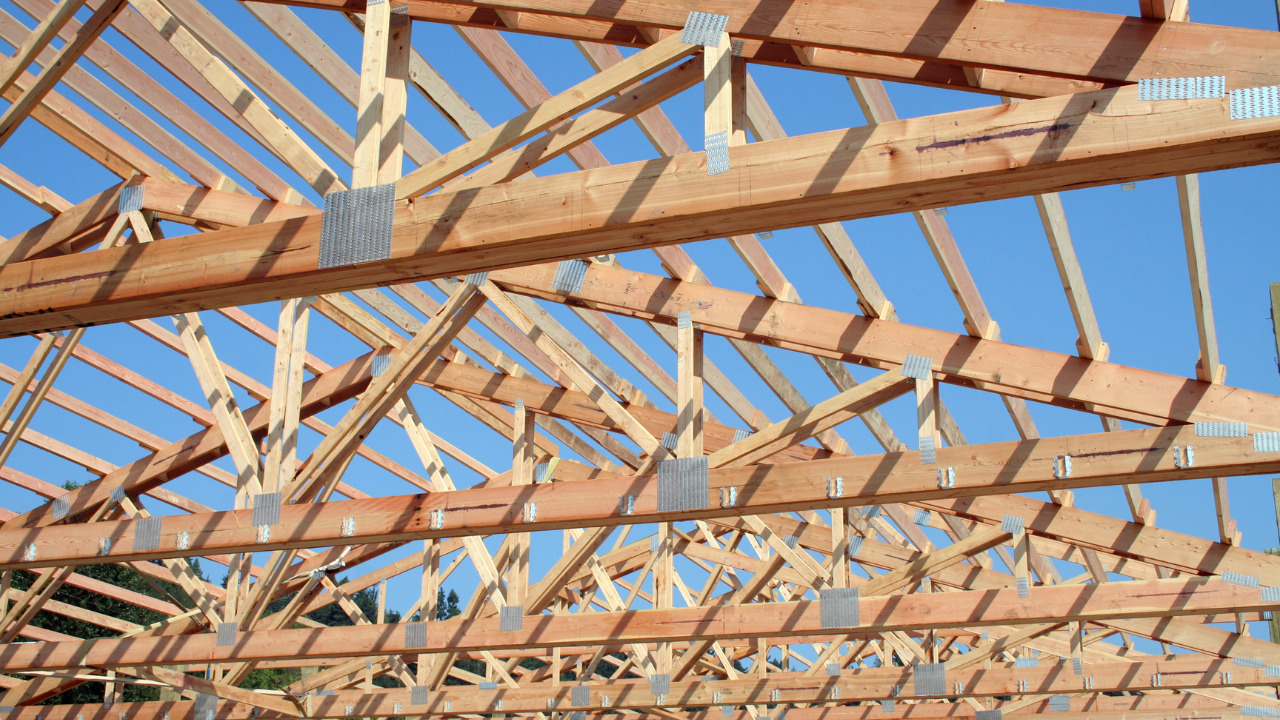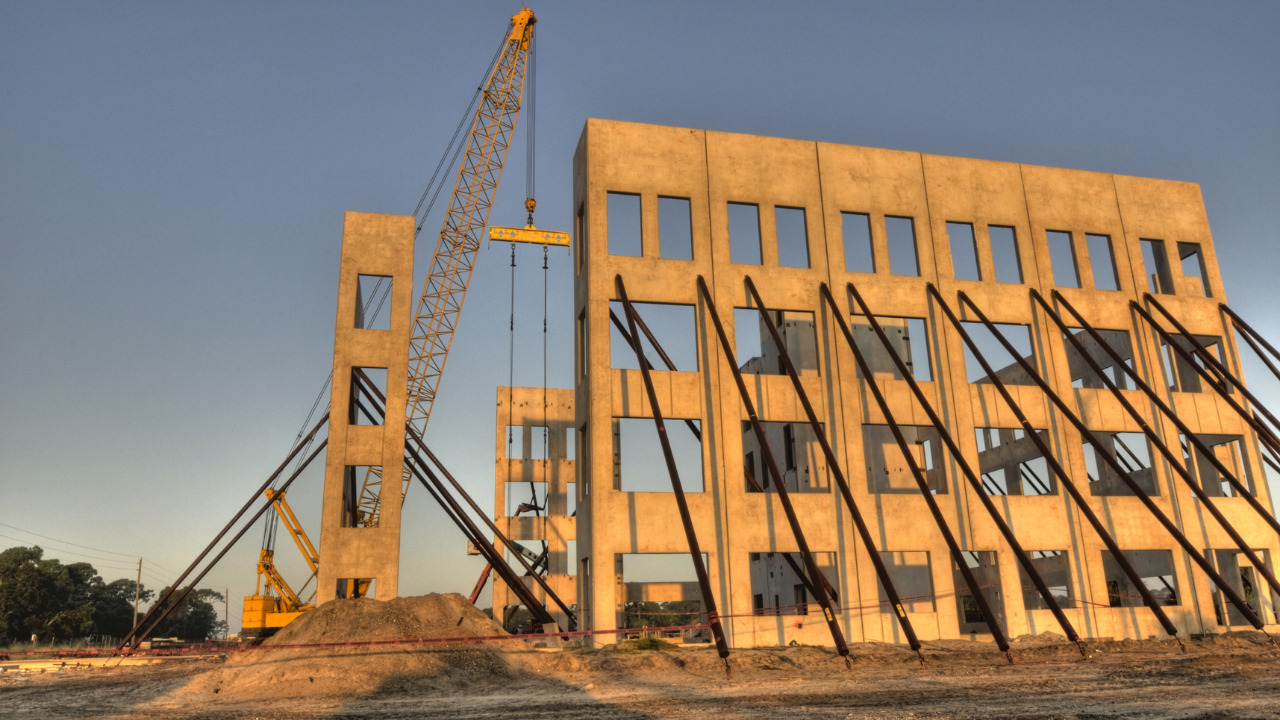Farm structures are frequently built using prefabricated light-framed wood roof trusses. The light-gauge metal connector plates are used to join the truss members. The production of these plates, a patented item, involves punching galvanized sheet steel to produce a predetermined number of protrusions or teeth on one side of the sheet.
A hydraulic press or roller is used to fully embed the connection plates’ teeth into the lumber during the construction of wood trusses. Connecting plates can be removed using a hammer and chisel or a specific crowbar.
In either case, the wood members are split, and the gang nail plate is destroyed. Light gauge metal truss plates join trusses made of prefabricated light frame wood. On one side, teeth are formed by piercing light gauge galvanized steel.
Table of Contents
Truss Connector Plates: An Overview

Truss plates are metal connector plates with staggered teeth used to join the wood truss members. To securely unite the components of floor trusses or rafter trusses at the joint and for the transfer of loads through the structure, these connector plates’ teeth are punched in pairs at right angles.
Modern manufacturing techniques are used in Strong-Tie connector-plate production facilities to make premium plates designed to produce sturdy wood trusses joined by metal plates in various applications.
Wave plates are the most widely used connecting plate. They perform at the highest levels in tests that compare these plates to all other comparable items. It can be hydraulically squeezed or rolled.
What Are The Causes Of Corrosion On Truss Connector Plates?
Moisture And Humidity
When exposed to moisture, corrosive substances and dust, connector plates that are not appropriately covered will deteriorate. Condensation on cold surfaces and humidity in the ventilation air are the sources of moisture in the barn.
It originates from livestock exhaling from the ground in agricultural structures with dirt flooring. Inside the building, moisture evaporates from damp floor surfaces and animal waste. In situations with confined cattle, corrosive substances like ammonia are present.
Chemical-Based Materials Stored Under Truss Roofing
Due to the wood’s inherent acidity, a rise in the moisture content of the truss’s wood might hasten the corrosion of the connecting plates. Farm items like fertilizer and chemicals in storage can also develop other corrosive agents.
Farm buildings frequently include bacterial colonies that produce biofilms on the surfaces of the structures and machinery, facilitating the creation of more corrosive acids. The connecting plates frequently exhibit the most degeneration around the truss’s heel and peak joints, which are also close to the building’s air exchange ports.
These regions experience extreme temperature variations, air mixing, humidity levels, and high concentrations of corrosive gases.
Ways To Remove Truss Connector Plates
A truss connector is a steel plate with several spikes or nails jutting from one face. Timber put an end to end is joined together by a connector plate’s teeth when they are forced into the timber. For wood-to-wood connections, utilize mending plates that are flexible and simple to use.
There’s no need for wood notches or nails. Nail plates can be removed with a hammer and chisel or a specific crowbar. In either case, the wood members are split, and the gang nail plate is destroyed.
A type of tie is a truss connector plate, also known as a gang plate. Light gauge metal truss plates join trusses made of prefabricated light frame wood. Other names include nail plates, mending plates, metal connector plates, and stud ties.
How To Maintain Truss Connector Plates For A Long Span?
Owners and designers should evaluate the anticipated service conditions in the finished building before starting construction on a new structure. Utilize corrosion protection techniques if the connector plates come into contact with moisture, corrosive gases, or dust throughout the construction.
In contrast, the plates in a structure for storing machinery with a concrete floor, insulation to avoid moisture, and enough ventilation would probably not need corrosion protection.
Install vapor Barrier
The moisture, corrosive substances, and dusty circumstances that lead to corrosion won’t affect the truss assembly if it is isolated from the animal environment. A polyethylene vapor barrier with taped seams will prevent moisture from entering the attic.
The sheet seams and material porosity of typical steel or plywood ceilings will enable moisture to pass through, making them insufficient as a vapor barrier. To avoid condensation on the surface of the ceiling, a minimal amount of ceiling insulation is also necessary.
Improve the attic’s ventilation by opening up the eaves and soffit sections to let fresh air in and moisture out.
Use Galvanized Truss Connector Plates
A sheet is used to produce typical or standard connector plates. These plates should not be used in structures with corrosive, dusty, or damp environments throughout service. Regarding corrosion protection, treat these plates as though they are uncovered.
To ensure these plates are offered and have the desired level of corrosion resistance, the designer should check with the plate maker or the supplier of trusses. Make sure the plates are hot-dip galvanized after being fabricated because the punching technique used to create the plates exposes the teeth’s exposed edges.
Insulate And Ventilate The Building
An effective ventilation system should circulate enough fresh air throughout the building to keep the moisture and dust levels appropriate. To avoid condensation, provide an adequate level of insulation.
Both good building design and efficient ventilation management are necessary for proper ventilation. A ventilation expert can ensure that ventilation problems won’t exacerbate a corrosion issue.
A thorough analysis of the anticipated service conditions will result in selecting the best corrosion prevention strategies, some of which are covered in the following sections. The structural safety and lifespan of the roof structure will be ensured by taking the proper preventative measures.
Assess The Condition Of Connector Plates
No considerable concentrations of moisture, corrosive gases or dust are anticipated. A comparative evaluation is also necessary for a change of use, which occurs when an existing structure is used for a different purpose. A thorough analysis of the anticipated service conditions will result in selecting the best corrosion prevention strategies, some of which are covered in the following sections.
The structural safety and lifespan of the roof structure will be ensured by taking the proper preventative measures.
Bottom Line
Using a chisel with a hammer is an ideal method to remove truss connector plates. Numerous manufacturers offer stainless steel plates as well. Due to their slick surface and the few possible thicknesses, these plates often have a larger surface area than galvanized plates.
It is crucial to handle any sources of moisture, corrosive substances, and dust in an old building exhibiting signs of connector plate corrosion, just like with new construction. After evaluating the truss system’s service conditions, choose the best repair approaches.












